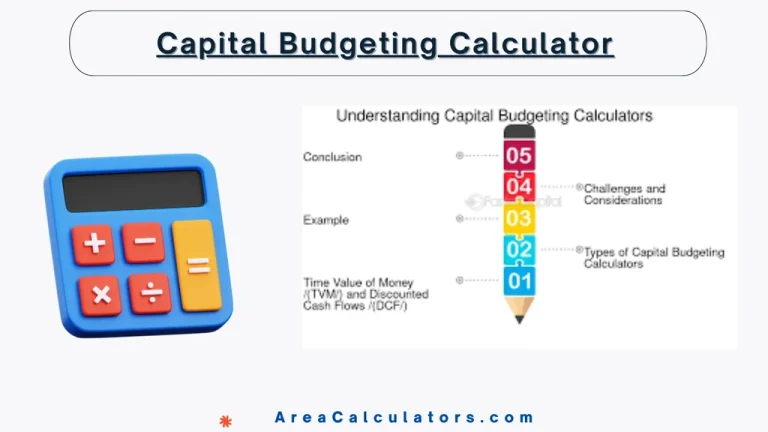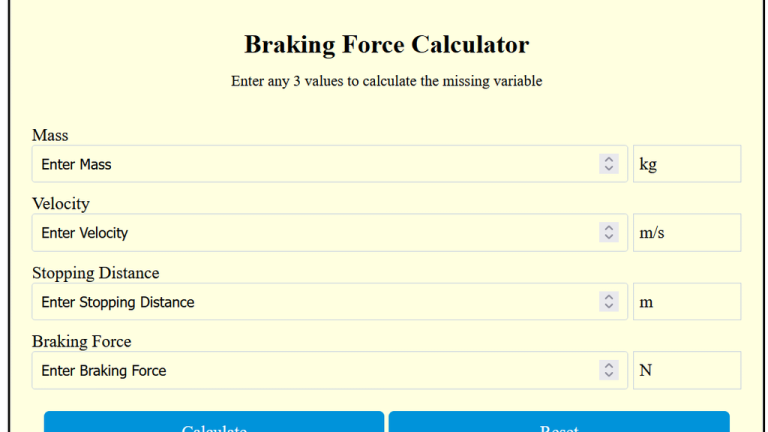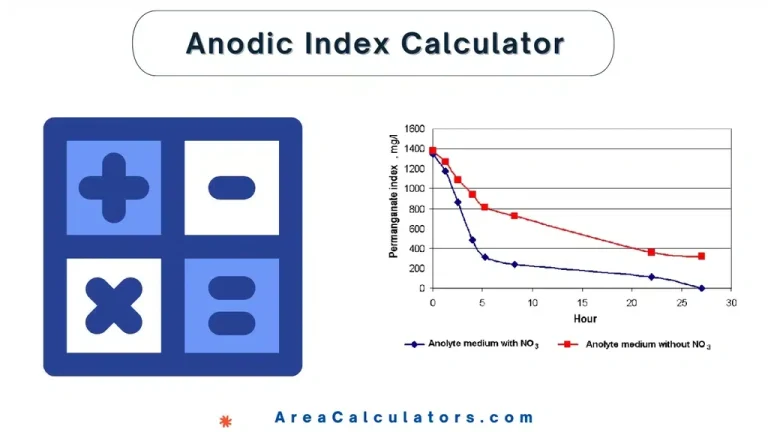To calculate stall speed, use lift, coefficient of lift, air density, and wing area to find the speed at which the lift force equals the weight of the aircraft.
The Stall Speed Calculator is a valuable tool for pilots, aerospace engineers, and RC enthusiasts to determine the minimum airspeed at which an aircraft can maintain level flight. Stall speed depends on various factors, including weight, bank angle, and wing characteristics. This knowledge is crucial for safe operation and optimal performance during flight. Additionally, torque converter stall speed for cars is significant for drag racing and vehicle tuning.
Formula:
| Variable | Description | Units |
|---|
| Stall speed | m/s |
| Lift force | Newtons (N) |
| | Coefficient of lift | Unitless |
| Air density | kg/m³ |
| Wing area | m² |
Solved Calculations:
Example 1: A light aircraft with a wing area of 12 m² and a coefficient of lift flies in air with a density of 1.225 kg/m³. The lift force is 10,000 N.
| Step | Calculation | Value |
|---|
| Find numerator |
| 20,000 |
| Find denominator |
| 17.64 |
| Divide |
| 1134.5 |
| Square root | | 33.68 m/s |
Example 2: An RC plane with a wing area of 0.5 m² and a coefficient of lift has a lift force of 50 N in air with a density of 1.225 kg/m³.
| Step | Calculation | Value |
|---|
| Find numerator |
| 100 |
| Find denominator |
| 0.49 |
| Divide |
| 204.08 |
| Square root | | 14.29 m/s |
What is the Stall Speed Calculator?
The Stall Speed Calculator is a specialized tool. It makes you able to determine the stall speed of vehicles, aircraft, or other systems based on factors such as weight, bank angle, and load conditions.
As far as the utility of this tool is concerned, it is widely used in automotive performance tuning, aviation safety, and engineering applications to ensure efficiency and safety.
Using this calculator is simple. For vehicles, it helps estimate the stall speed of torque converters in transmissions, aiding in drag racing or general performance tuning. For aircraft, it calculates the stall speed during various maneuvers, accounting for weight, bank angles, and load factors.
For example, increasing the bank angle in a turn raises the stall speed, which is critical for pilots to manage during flight.
This tool is particularly valuable in scenarios like calculating the stall speed of an RC plane, estimating the speed during high-bank turns in aircraft, or determining the optimal stall speed for a torque converter in performance cars.
It also provides insights into factors affecting stall speed, such as weight distribution and load, enabling users to make informed adjustments.
Final Words
In essence, the Stall Speed Calculator is a versatile and reliable resource for evaluating stall speeds in both automotive and aviation contexts. By delivering accurate results, it helps enhance safety, optimize performance, and ensure precision in critical applications.





